The Coldest Place on Earth
Antarctica is the epitome of frigid climates, with temperatures that can make you shiver just thinking about them. The continent holds the record for the coldest temperature ever recorded on Earth: a bone-chilling -89.2°C (-128.6°F) captured at Vostok Station in 1983. Imagine trying to warm up in that situation! While we think of cold winters as discomforting, Antarctica redefines our perception of cold. The extremity of its climate serves not only as a fascinating fact but also as a testament to the perseverance of researchers who brave these harsh conditions. Researchers equip themselves with technology and plenty of gear to withstand these temperatures, but venturing outside without protection remains dangerous. Living evidence of nature’s potency, this record underscores the raw, untamed power of our planet’s southernmost region.
It’s a Desert
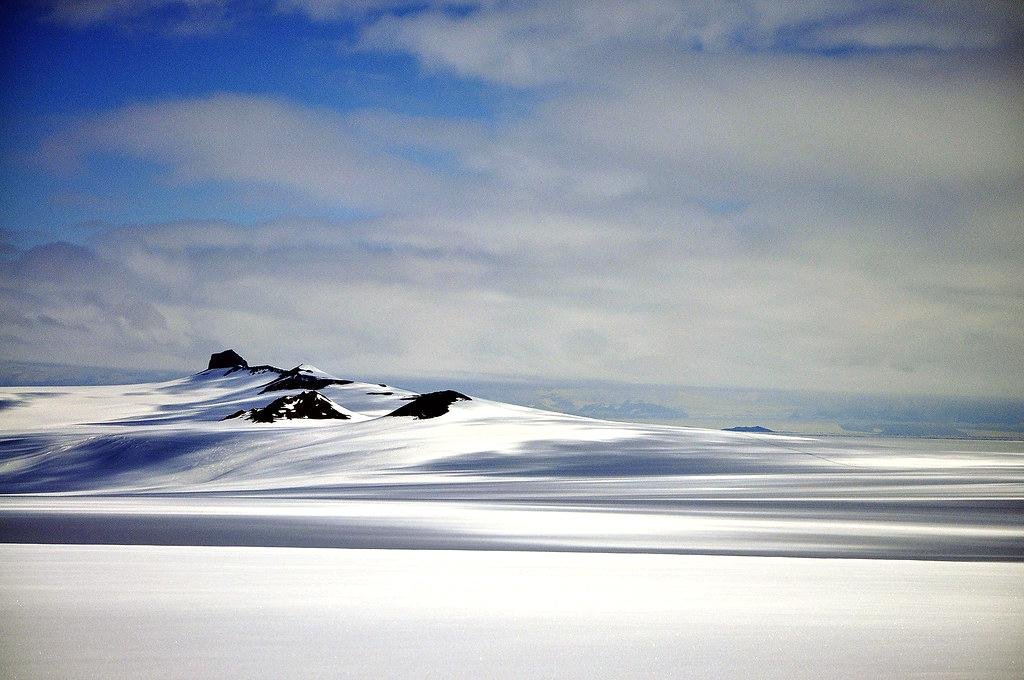
Contrary to its ice-laden appearance, Antarctica is indeed classified as a desert. It might seem like snow-covered expanses betray this classification, but they do not. The continent receives less than 50 millimeters (or 2 inches) of precipitation annually in some places, making it the driest continent on Earth. This lack of moisture means that the ice present has accumulated over millions of years, with new layers only added incrementally. It’s a paradoxical desert where the life-giving water you see is locked in solid form. Stretching vast landscapes of wind-swept ice, its barren beauty draws parallels to sand dunes, each telling stories of time. This desert status brings forth challenges for life, something all the more interesting given the depth of ancient secrets it holds within its ice.
It’s Growing and Shrinking
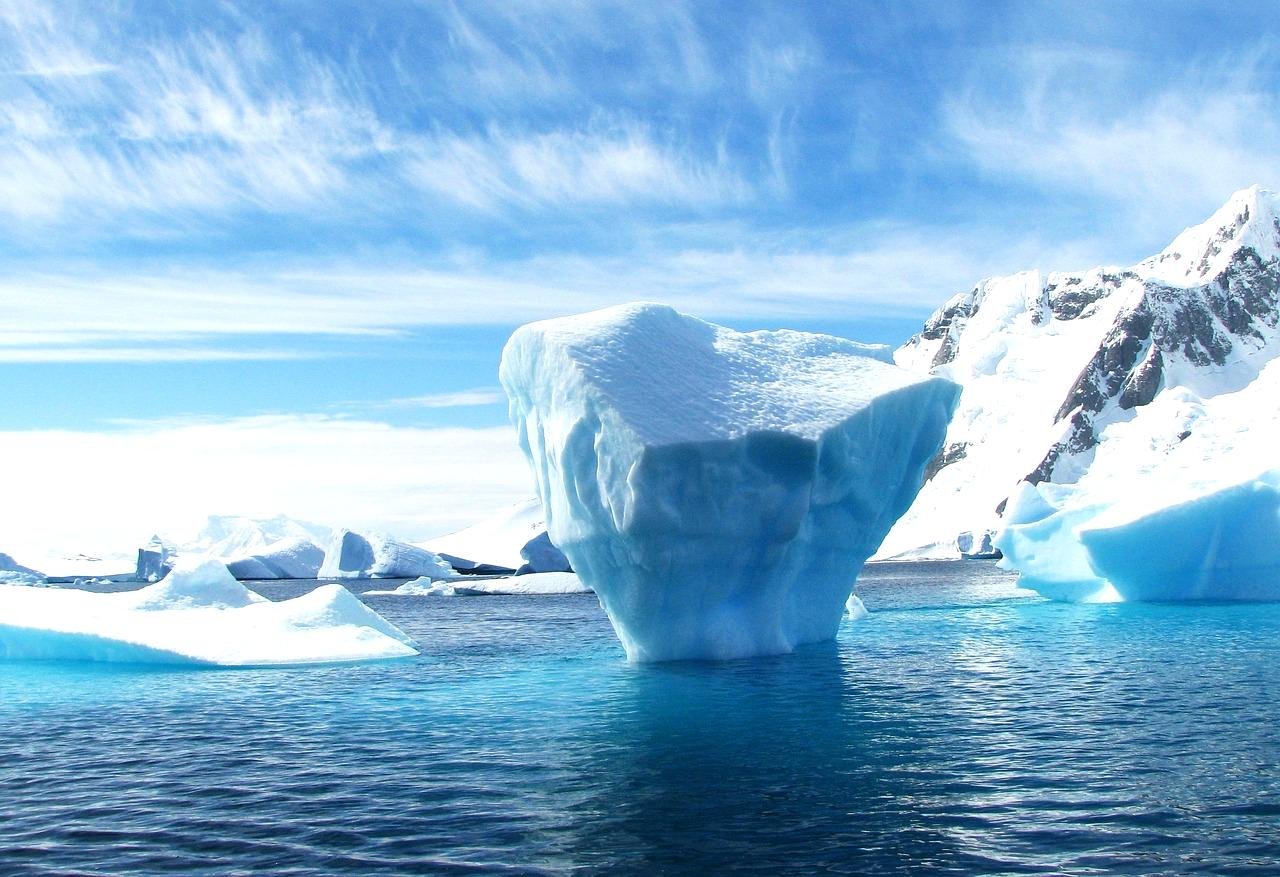
Antarctica’s ice sheets showcase a phenomenon of growing and shrinking that is both fascinating and alarming. During the frigid winter months, the ice sheets expand, stretching the continent’s icy arms far into the seas with fresh layers of snow. However, when summer arrives, the cloak of frost begins to melt away. This seasonal melting releases masses of glaciers that calve dramatically into the ocean. This dance raises questions about global climatic changes, as the delicate balance of gain and loss affects global sea levels. Scientists diligently monitor these patterns, keenly observing nature’s cycles and how human activity may influence these dynamics. Each season tells a different story, as the ice recedes and advances like a silent breath over this land of extremes.
A Land of Ice and Volcanoes
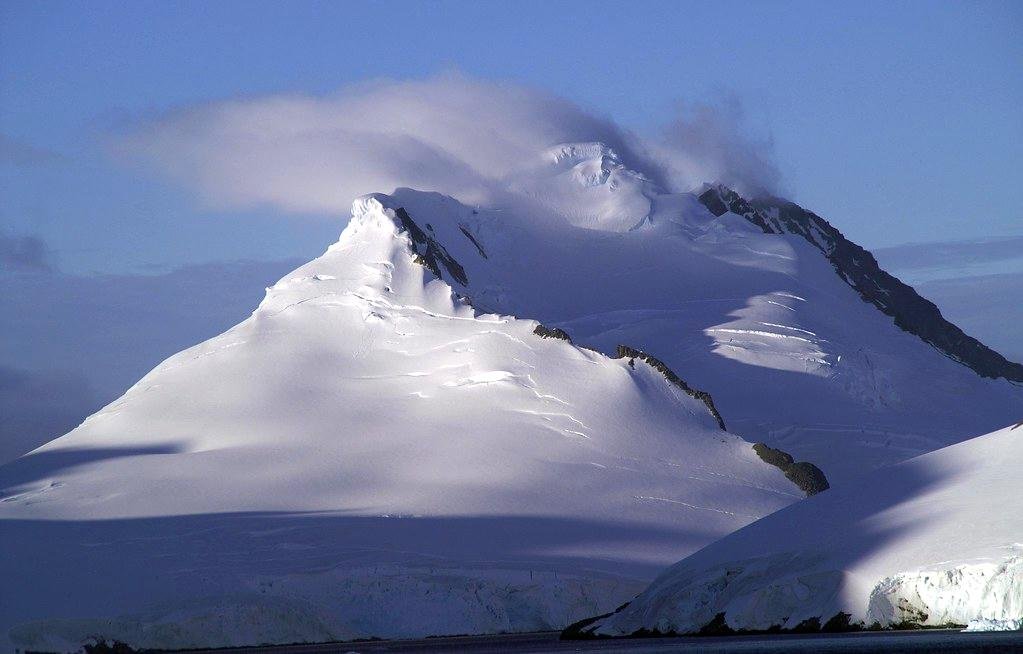
Among Antarctica’s vast expanses of ice, volcanoes add a fiery twist to its snowy landscapes. Mount Erebus, one of the continent’s most notorious volcanoes, houses a permanent lava lake, spewing warmth amidst the cold. The phenomenon of an active lava lake amid the frozen tundra speaks to the incredible diversity and raw power of Earth’s natural features. Erebus is just one of several volcanoes dotting the icy realm, each contributing silently yet significantly. These volcanic regions are hotspots for scientific study, as they hold clues about Earth’s geological history and inner workings. The juxtaposition of fire and ice showcases a land of contrasts, making Antarctica all the more enigmatic and riveting. The knowledge gained from studying these volcanic regions adds layers to our understanding of the continent’s complex identity.
No Permanent Residents
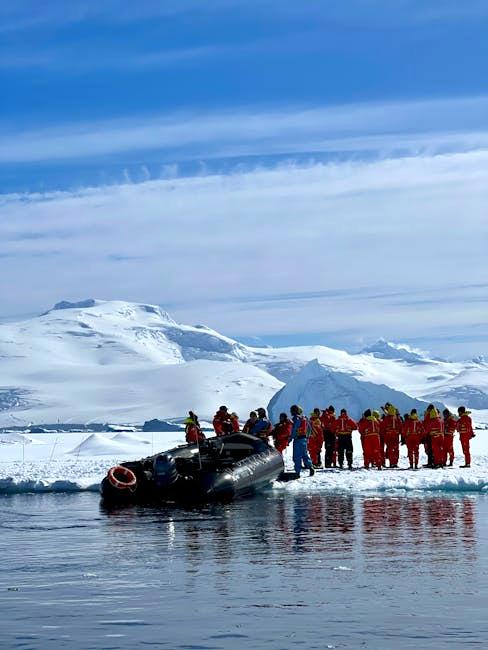
Despite its immense size and intriguing mysteries, Antarctica is the only continent without a native human population. Its inhospitable climate makes permanent habitation impractical and perilous. Instead, the continent serves as a temporary home to researchers and scientists who come from all over the world to study its numerous enigmas. These intrepid individuals reside in various research stations, each focused on a specific area of scientific inquiry. The human presence here is transient, constantly shifting with the changing seasons and scientific missions. Unlike other continents, where settlements grow and evolve, Antarctica remains untouched by permanent human footprints. The lack of native residents highlights the continent’s purity, maintaining its natural state largely unaltered by human influence and promising to reveal insights into our planet’s past and future.
A Place of Endless Daylight
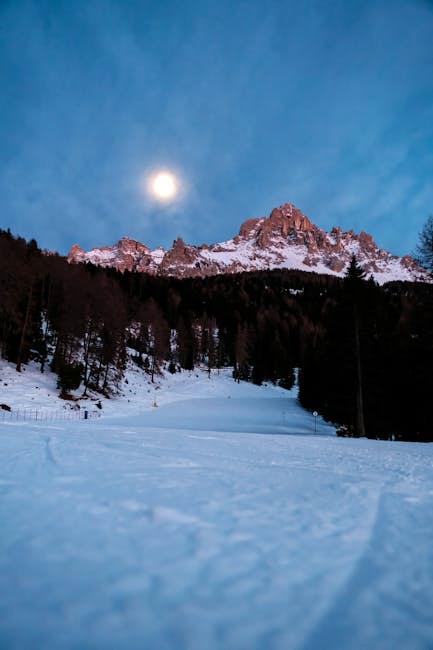
During the summer months, Antarctica becomes a region of endless daylight, capturing an otherworldly phenomenon known as the Midnight Sun. For several months, the sun simply refuses to dip below the horizon, drenching the frozen landscape in eternal light. People can witness a day that never ends, with shadows cast in strange directions and colors illuminating the ice in unexpected ways. This phenomenon affects both the land and its temporary human inhabitants, who find their internal clocks disrupted by the unrelenting brightness. Days blur together seamlessly, painting a surreal picture of timelessness. The Midnight Sun is a powerful reminder of the planet’s axial tilt and the natural phenomena that govern its cycles. It presents unique opportunities and challenges, adding yet another layer to Antarctica’s multifaceted identity.
Hidden Lakes Beneath the Ice
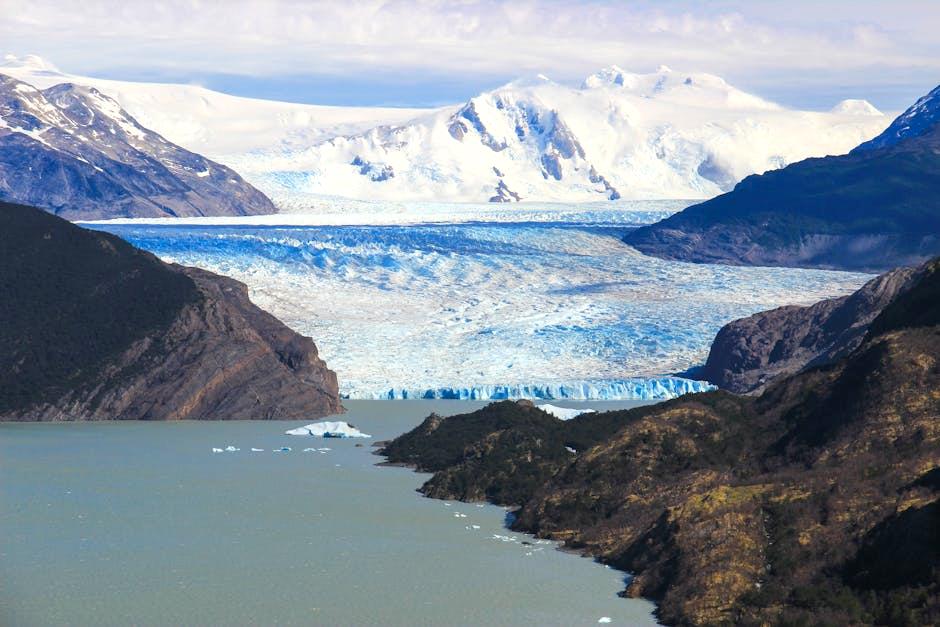
Beneath Antarctica’s thick ice lies an unexpected world of subglacial lakes, over 400 in total. These hidden bodies of liquid water are insulated from the freezing temperatures above by layers of ice. Lake Vostok is the largest of these lakes, and it remains liquid due to the immense pressure and geothermal heat. This world beneath the ice is a treasure trove for scientists, as these lakes may harbor ancient organisms or secrets about past climates. The existence of subglacial lakes intrigues researchers, who hope to study them to gain insights into possible life on other icy moons and planets. Their discovery piques curiosity and reveals how much is still to be learned about our home planet. Quiet and secretive, these hidden lakes silently await the touch of human curiosity to uncover their mysteries.
Antarctica Was Once Tropical
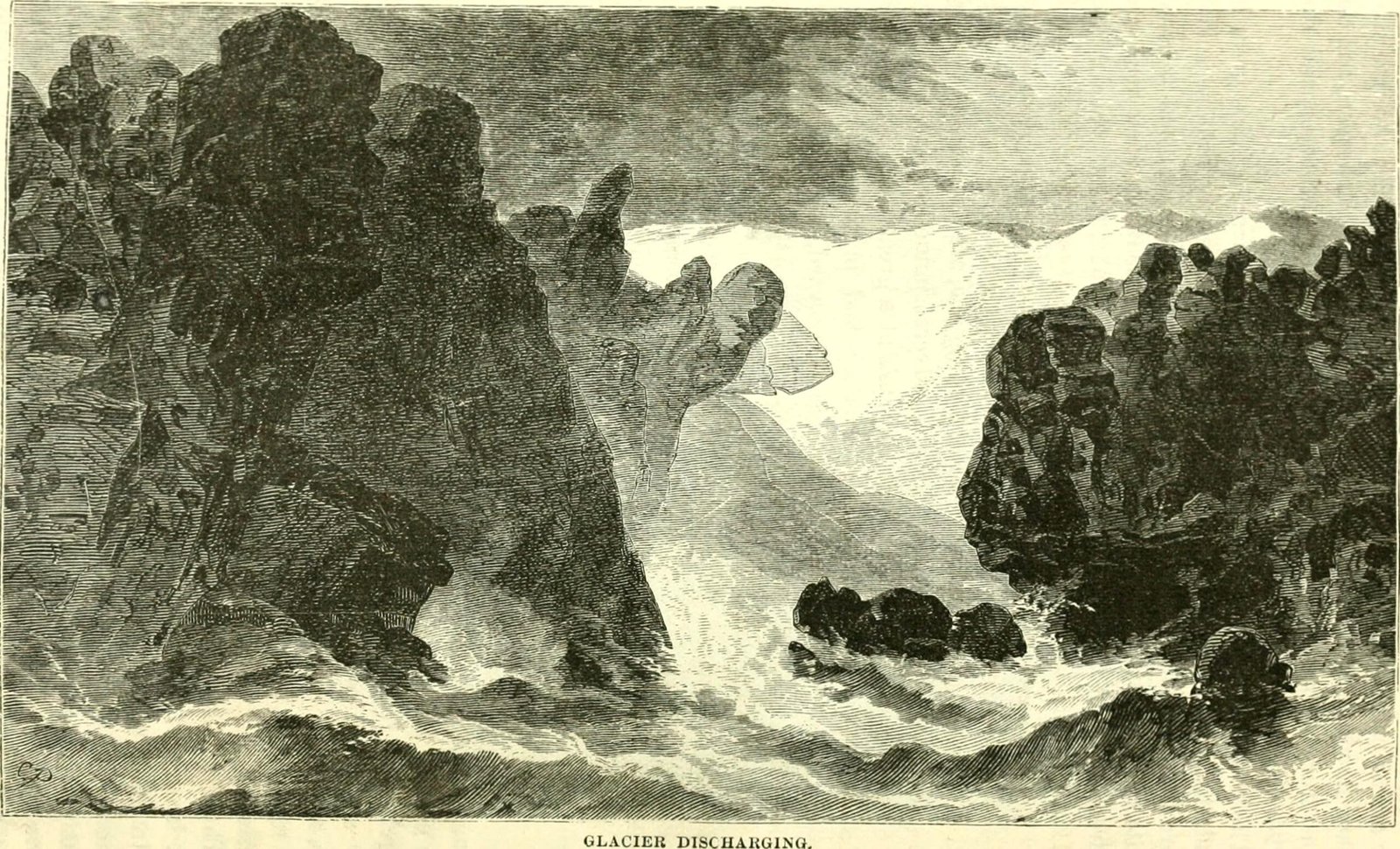
It might be hard to believe that this icy expanse was once covered with lush forests, but fossil evidence suggests just that. Millions of years ago, Antarctica harbored tropical conditions, with flourishing vegetation and a teeming abundance of life. Fossils reveal a once-vibrant ecosystem, with trees waving in balmy breezes and creatures roaming freely. This drastic transformation from tropical paradise to icy wilderness is a testament to Earth’s dramatic climatic shifts over millennia. Understanding this transition helps scientists piece together the puzzle of Earth’s environmental history, offering clues into the forces that shaped our world. It sparks the imagination to consider the stories locked within those ancient fossils and how drastically a land can change over time.
It Holds Most of Earth’s Freshwater

A staggering 70% of the world’s freshwater resides within the ice sheets of Antarctica, frozen and inactive. This vast repository makes the continent an invaluable key to understanding global water distribution. Vital for maintaining ocean currents and ultimately the climate, this frozen water holds many roles. Scientists are keenly interested in studying the ice to understand the history of Earth’s climate, as it provides both a past snapshot and predictions for the future. The mass of ice in Antarctica is vital not only for this region but also for the entire global ecosystem. This valuable storehouse highlights the integral role Antarctica plays in the planet’s climate regulation, standing as both a treasure and a reminder of the fragility of Earth’s environmental balance.
The Antarctic Treaty
In a unique demonstration of global unity, the Antarctic Treaty was signed in 1959, setting Antarctica aside for peaceful scientific investigation. This groundbreaking agreement bans any military activity and resource exploitation, ensuring that the pristine timelessness of the continent is preserved. More than 50 countries have signed the treaty, committing to the preservation and protection of this unique space. Its existence stands as an exemplar of international cooperation, recognizing the intrinsic value and preciousness of this untouched land. Through this treaty, the world commits to learning peacefully from the stunning natural laboratory that is Antarctica, safeguarding it for future generations. This pact underscores the shared responsibility we hold toward our planet, emphasizing science and discovery over exploitation and short-term gains.
